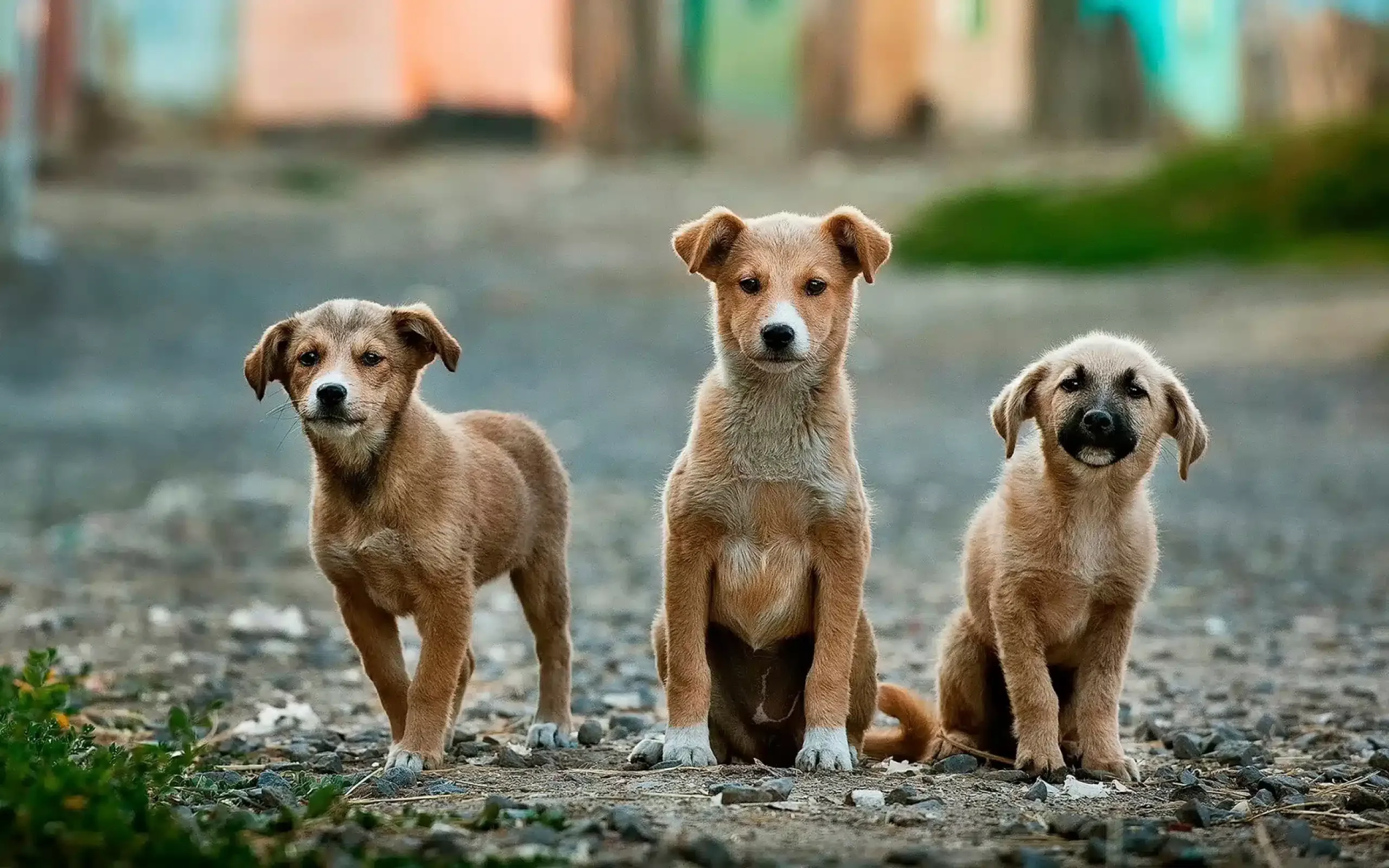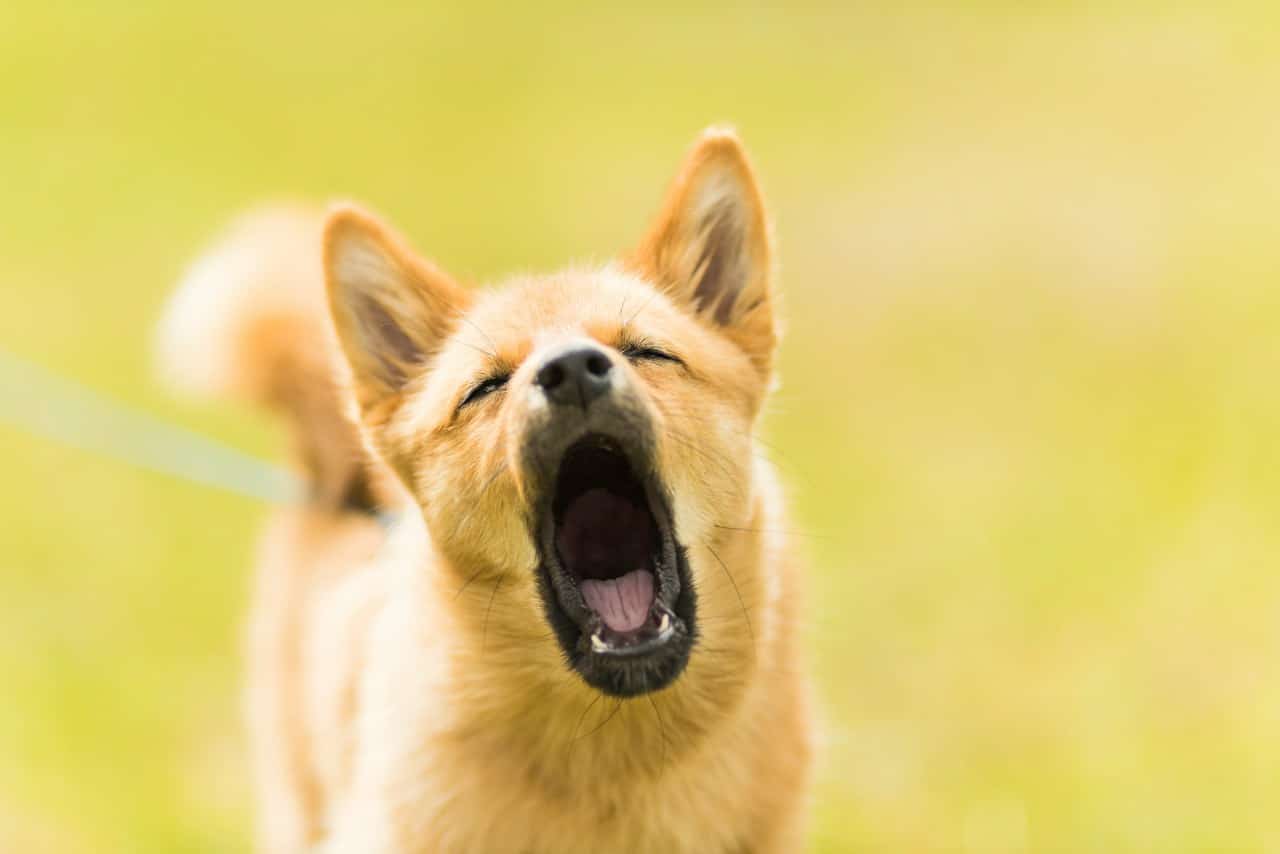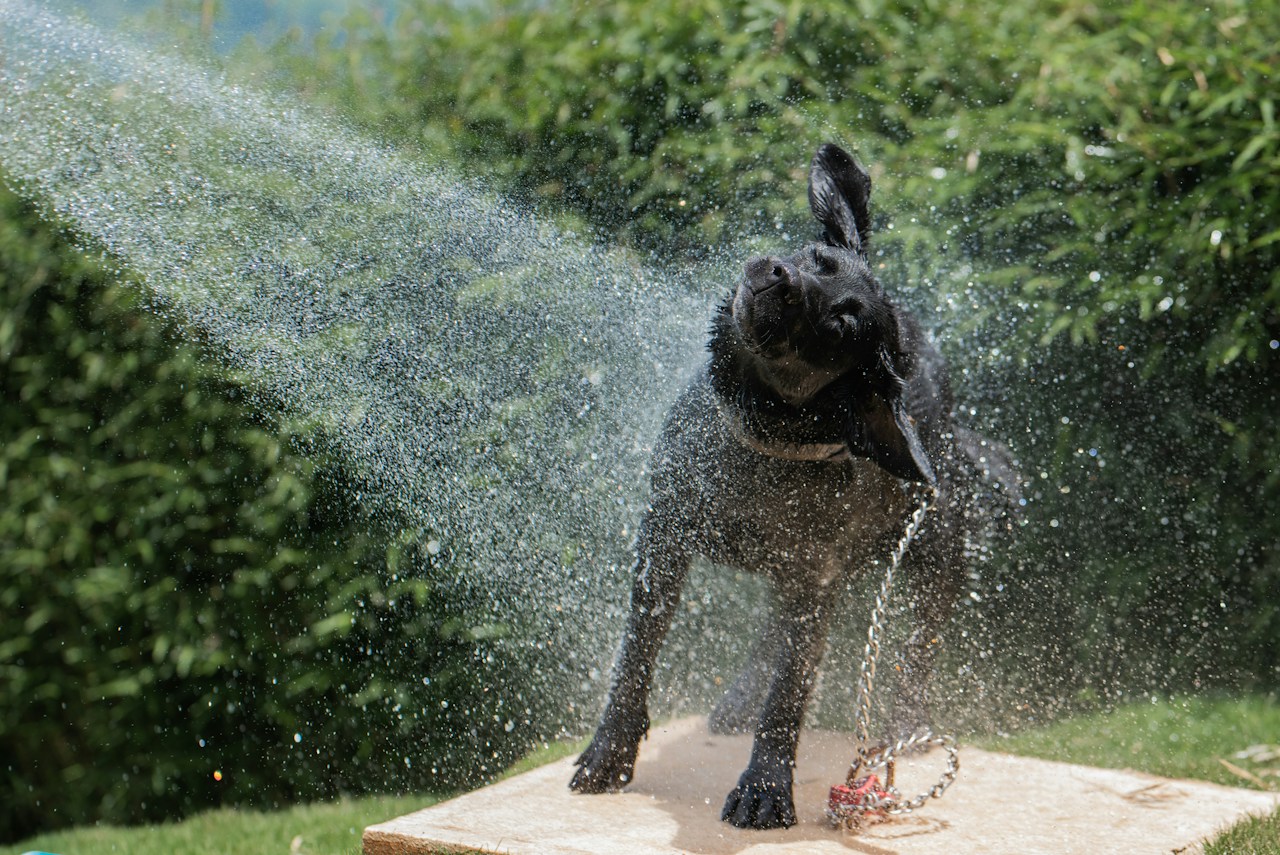We often make the mistake of thinking that dogs already have enough coats in their coat to withstand the low temperatures of winter. However, although some breeds such as the Siberian Husky, the Alaskan Malamute, the Samoyed, or the Chow Chow tolerate the cold better, all dogs appreciate sheltering from it.
Regardless of the breed of your pet, you should take certain precautions to protect it from the cold and thus prevent it from getting sick. Puppies, the elderly, small breeds, and fine-haired dogs are the most vulnerable to frost. From Scooby Dog, we provide you with tips to protect them whether they live inside or outside the home.
How does the cold affect dogs?
Young dogs, elderly dogs, fine-haired dogs, and small breeds are the most prone to becoming ill as a result of repeated or prolonged exposure to low temperatures. The resulting pathologies are related to viral conditions, such as the flu, and respiratory conditions, such as the common cold.
In the case of elderly dogs, in addition, joint pain derived from osteoarthritis tends to worsen, so it is convenient to stimulate them with games and rewards so that they can exercise indoors, or massage their limbs to relieve them. These are the most common diseases in dogs due to hypothermia :
- Cold (cough, fever, and nasal congestion)
- Bronchitis
- Laryngitis
- Pharyngitis
- Pneumonia
- Infectious tracheobronchitis or ‘ kennel cough ‘
How to detect hypothermia
The ears, with their otitis, the footpads, which crack, and the interdigital space, which tends to become red, are the most sensitive areas. Therefore, every time you return from a walk you should dry your ears and make sure that everything is as it should. Several symptoms reveal hypothermia in a hairy one. Take note :
- Tremble. It is the most obvious sign of cold in dogs. Of course, breeds like Chihuahua also do it out of excitement or because of their metabolism.
- He moves less and does it strangely. His muscles are stiff from the accumulated dampness and cold.
- You sleep more than usual for no apparent reason (fatigue due to exertion, a copious or heavy meal).
- Breathe slowly.
- Your skin is dry. Hence the convenience of taking advantage of brushing moments to check the condition of your skin.
Recommendations to protect dogs from the cold
Now that you know what conditions low temperatures can cause in furry dogs and how to identify them in time, we are going to show you what you should do to avoid these setbacks, both for pets that live indoors and for those that do so outside.
How to protect indoor dogs
Apart from providing a space for exclusive use where you can rest without sudden temperature changes, it is worth providing a blanket with which to cover you at night. If you do not like to be covered, you can use it to lie on it and take shelter as well.
How to protect outdoor dogs
In the case of furry people who usually sleep outside the home, and depending on how harsh the winter is, you could consider spending this season indoors. To do this, you should provide a draft-free, spacious and well-ventilated space with a padded bed or blanket.
If, on the contrary, your pet is going to continue outside, make sure that the orientation of his house is the ideal one to protect it from the wind and rain. In this sense, the west or south orientation is usually the most suitable. Plastic and treated wood are the most resistant, waterproof, and insulating materials.
It should be about 10 cm from the ground to isolate the cold and humidity and its size should allow it to be stretched out, standing up and to be able to turn around without difficulty. Avoid booths that are too large , as they will not retain their body heat. Placing a pad and a mattress for dogs will be well received by your pet.
Tips common to all
To what has already been mentioned, we want to add other tips that will serve as a complement to the winter care of your dog, no matter where you spend most of the day. They are summarized as follows :
- Don’t overfeed it with higher calorie or hot foods. Your diet must remain unchanged despite the cold.
- Bathe it only when necessary and dry it thoroughly, first with the towel and then with the dryer. Place the dryer at a certain distance from your pet and at medium power so as not to cause burns. Don’t let it go outside if it’s not completely dry.
- Wrap it up with clothing that provides warmth on walks outside. Some brands use the proceeds for charitable causes, such as supporting abandoned pet shelters and shelters.
- Do not neglect their physical activity, they need it to stay healthy, and also to warm up. Of course, the walks should be shorter and, if possible, in the central hours of the day.
- Not frequent frozen ponds or lakes. You could fall into the icy water if the ice breaks.
- Avoid spills of antifreeze or similar products that could poison you.
- Moisturize your pads with specific moisturizers for this purpose or wear socks.
- Upon returning from the street, he checks the condition of his legs and pads. Remove any remaining snow, salt, or moisture.
- Encourage play indoors, and if your dog is elderly, encourage him to move or massage his joints. In this way, you will mitigate joint pain.
Don’t hesitate, protect it
As you can see, the cold implies adopting certain measures to protect your pet in the same way that we do it with us. We hope that the information provided helps you, and you can put it into practice. And you, how do you usually protect your dog from low temperatures? We read you in the comments.
Article source


